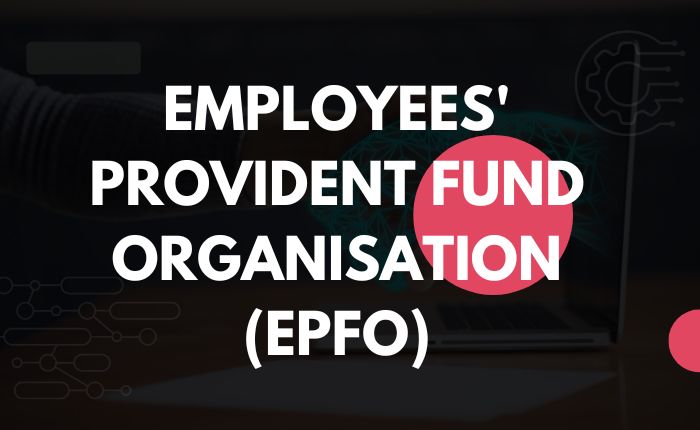The EPFO, responsible for managing the retirement savings of more than 60 million subscribers in India, has decided to modify its redemption policy for ETFs. The aim is to increase returns for its subscribers and protect its income from market volatility. This decision was made during a recent meeting of the EPFO’s highest decision-making body, the Central Board of Trustees (CBT), held in New Delhi. The EPFO will now redeem its ETF investments gradually, instead of selling them all at once. By doing so, the EPFO can take advantage of market fluctuations and sell its investments when prices are favourable, thereby increasing its returns.
- Since August 2015, the EPFO has invested a significant portion of its corpus in ETFs, accounting for approximately 15% of its total investible corpus as of March 2021.
- However, the EPFO has received criticism from some sources regarding the performance of its ETF investments, which have fallen behind the broader market indices in recent years.
- As a result, there have been calls for the EPFO to reassess its investment strategy and implement measures to improve returns.
- The decision to gradually redeem ETF investments is viewed as a move in the right direction.
- Under the modified policy, the EPFO plans to sell its ETF holdings in a phased manner, selling tranches of up to 5% of its holding in a single ETF during a single trading session.
- This approach would enable the EPFO to take advantage of market liquidity and avoid significant impact on ETF market prices.
- Additionally, the EPFO has decided to increase its investment in ETFs that track the Nifty 50 and BSE Sensex, two widely tracked Indian stock market indices, to a maximum of 15% of its incremental corpus, up from the previous 10% limit.
- Some experts have suggested that the EPFO should expand its ETF investments to include a wider range of ETFs, such as those tracking mid-cap and small-cap indices, in order to diversify its portfolio and reduce the risk of overconcentration.
- However, some critics have expressed concerns about the potential volatility and risks associated with ETFs, particularly during periods of market instability.
- They have called for the EPFO to take a more cautious approach and allocate a greater proportion of its corpus to fixed income securities such as bonds and debentures.
- The EPFO has proposed several measures to improve returns and reduce the impact of market volatility. One such proposal is to increase the minimum holding period of ETF units before redemption to “over four years” instead of the current four-year period.
- Another suggestion is to link the return threshold of ETF units to government securities, where the holding-period return of the units proposed for redemption should be at least 250 basis points more than that on the 10-year benchmark government security.
- Additionally, ETF returns could be benchmarked against historical long-term averages, where the holding period returns of units to be redeemed should be above the average five-year returns of the past 10 years based on the Nifty or Sensex.
- While some experts have welcomed these proposals, others have expressed concerns over their feasibility and effectiveness.
- To protect against sudden fluctuations in the market, the EPFO has suggested extending the redemption period to a daily basis rather than a shorter period of time.
- The proposed changes are anticipated to even out the internal rate of return and increase the capital gains earned on the redemption of ETF units.
In summary, the EPFO’s decision to modify its ETF redemption policy coincides with a time of increasing investor interest in the Indian stock market. This interest is being driven by a strong economic recovery, government support, and abundant liquidity. The EPFO’s move to extend the holding period for ETFs aims to encourage a long-term investment perspective among its subscribers and reduce the volatility of its investments. While this may lead to lower liquidity in the ETF market in the short term, it could result in more stable and sustainable returns in the long run. Overall, the EPFO’s decision reflects a cautious approach to managing its investment portfolio and supports its goal of providing dependable and secure returns to its subscribers.
Post Views: 190


![Received an Income Tax Notice in India? Don’t Panic — Here’s Exactly What to Do [2025 Guide] 1 Income Tax Notice](https://legalsuvidha.com/wp-content/uploads/2025/12/Income-Tax-Notice.png)
![Cyber Crime FIR in India: How to File Complaint for Online Fraud, Banking Fraud & Digital Harassment [2025 Guide] 2 Cyber Crime Complaint](https://legalsuvidha.com/wp-content/uploads/2025/12/Cyber-Crime-Complaint.png)
![Trademark Infringement in India: How to File Legal Action & Protect Your Brand [2025 Guide] 3 Tradenark Infrigement](https://legalsuvidha.com/wp-content/uploads/2025/12/Tradenark-Infrigement.png)
![Property Title Verification in India: How to Check Clear Title in 7 Steps [Avoid Property Fraud – 2025 Guide] 4 Property Titles Verification](https://legalsuvidha.com/wp-content/uploads/2025/12/Property-Titles-Verification.png)



